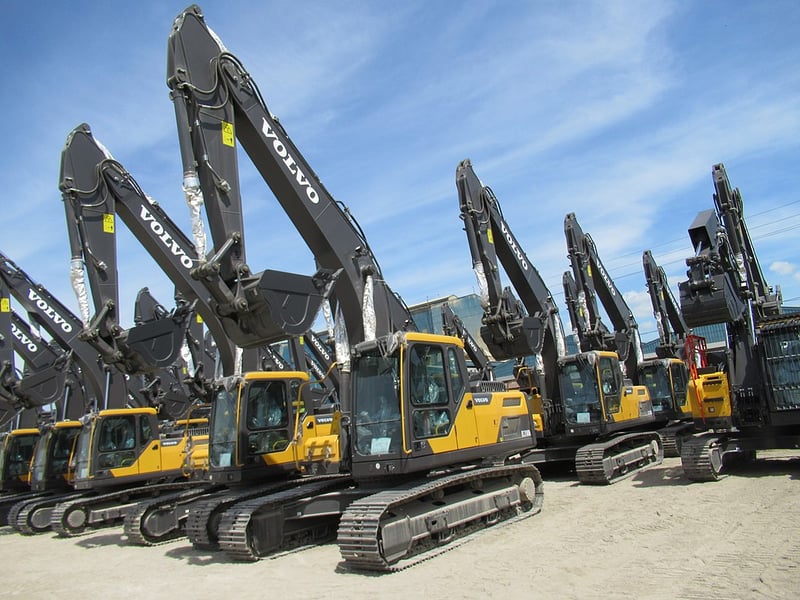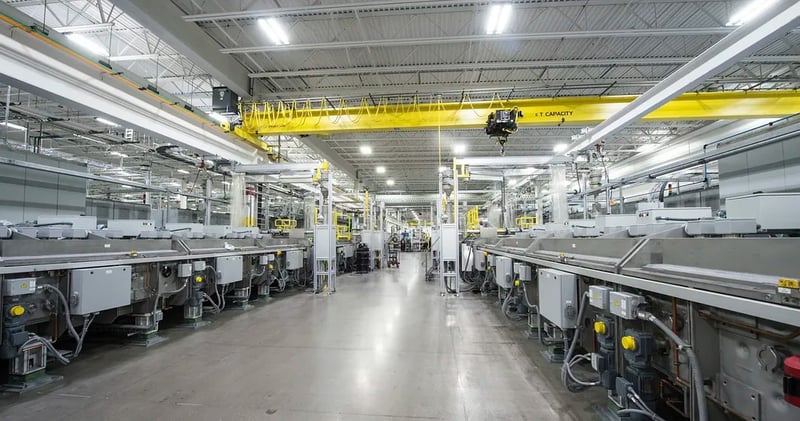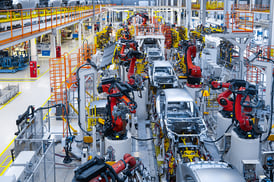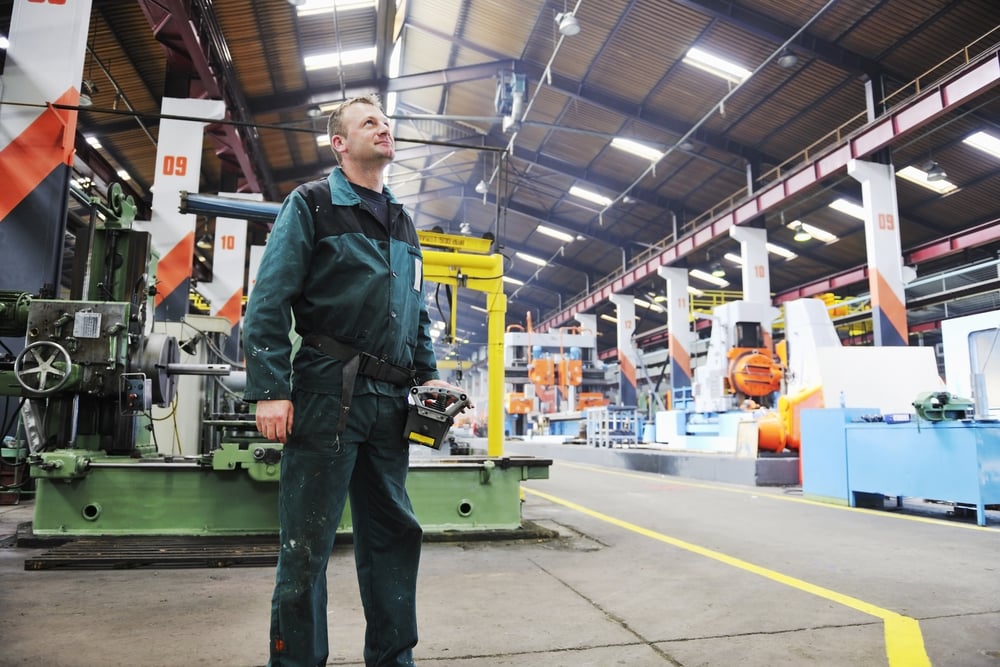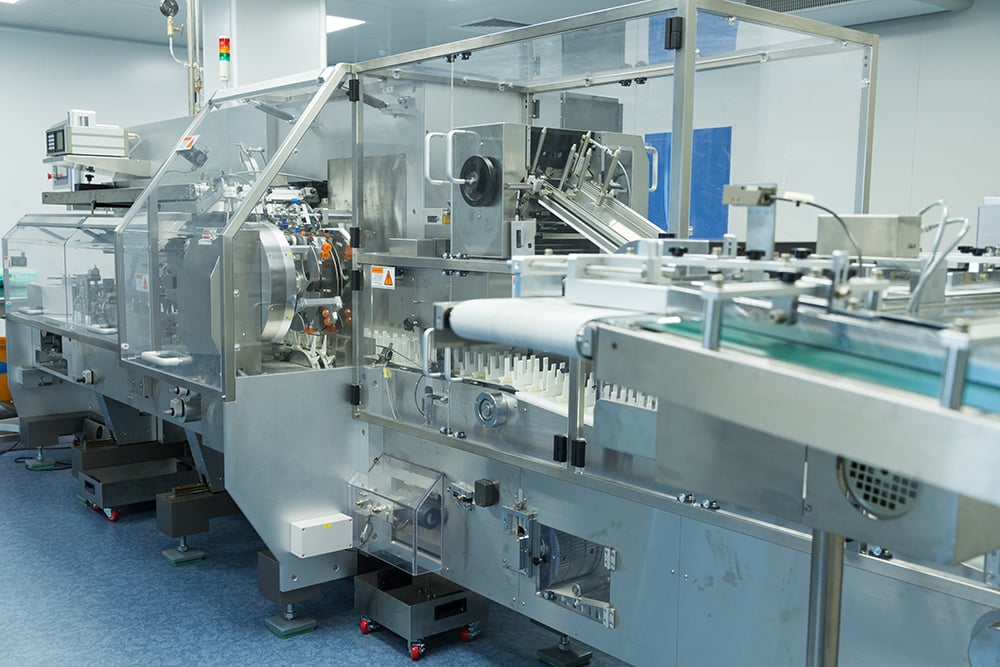
One of the most common misconceptions in the world of machinery and equipment (M&E) valuation is that desktop appraisals are not as reliable as those that include an on-site field visit. There is no difference in the credibility or supportability between the two, as long as the steps taken to obtain sufficient detailed asset data are completed properly.
The fact is that the vast majority of M&E appraisals are conducted as desktops. From my own experience, 75-85% of projects do not include a personal visual inspection of the equipment. I would bet those statistics are fairly consistent across the industry with my competitors.
There are a number of reasons why this occurs. Here are the most common:
- Cost to the Client: On-site appraisals require additional time and expense for the appraiser to complete, which naturally dictates higher fee quotes. In some cases, it can be twice as much or more than a desktop option. Ability to Obtain Sufficient Detailed Data from the Client: Using today’s advanced technology, along with effective communications, it is much more efficient to obtain the needed information without putting undue burden on the client.
- Low Transaction Size and/or Number of Assets Involved: It may simply not make economic sense relative to the size of a deal or if only a handful of items are involved.
- Condition Assumptions: Appraisers typically assume normal operating conditions and wear and tear when completing appraisals unless specifically told otherwise. The majority of accredited valuation professionals are not mechanics or technicians, and can only carry out a general visual verification of the equipment when in the field.
- Timing Constraints: Many appraisal projects are conducted over a short timeline where the client needs the work completed in a tight window. The majority of the appraiser’s focus should be on research, analysis, and report writing to meet deadlines.
Of course, there are times when a personal on-site visual inspection is necessary as part of the overall valuation effort. For example, the Small Business Administration (SBA) requires inspections to be completed when underwriting equipment financing transactions that are over a certain minimum threshold. In other cases, conducting the fieldwork may be the only option for obtaining the necessary asset detail required to complete the appraisal. It may also simply be the client’s preference that the appraiser come out and conduct the work personally.
To learn more about your best options when needing an M&E appraisal, reach out to an experienced, accredited professional who can take the time to discuss this topic further.


